Minister confident Pakistan can pay back Chinese loans
Says investment will not disturb debt-to-gross domestic product ratio
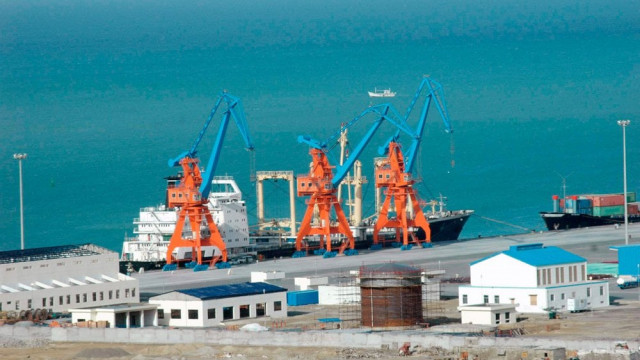
Says investment will not disturb debt-to-gross domestic product ratio. PHOTO: AFP
“6 to 7% economic growth leaves Pakistan in a very comfortable position,” Iqbal said in an interview with The Wall Street Journal published on Monday.
“The bulk of investment coming into CPEC is through private sector investment, foreign-direct-investment, therefore it will not disturb our debt-to-gross domestic product ratio.”
Pakistan’s government debt-to-GDP level is estimated to have risen to 66.1% last year from 64.2% in 2013, according to the International Monetary Fund.

The size of the Chinese-led investment projects has increased to about $55 billion from an initial $46 billion announced in 2015, the minister told the newspaper.
“It is part of an initiative the Chinese government calls ‘One Belt, One Road’ that aims to revive trade across Central Asia and into Europe via a network of railways, ports and highways,” he added.
In November, Iqbal - who is heading the investment plans in Pakistan - said that about $11 billion of the loans have been allocated to infrastructure projects at about 2% with payback in 20 years, along with a five-year grace period.
The rest, he said, had been earmarked for generating electricity, with about 11,000 megawatts expected to be added by 2018 to end the country’s chronic power outages.
However, analysts, according to WSJ, have raised doubts about Pakistan’s ability to finance repayments and repatriations if rising economic growth is not sustained and the government fails to reverse a drop in exports.
The government is targeting a growth rate of 5.7% this year.
“The point is that the borrowing becomes a curse when it goes into non-productive sectors, so this investment is going directly into sectors which are going to increase our growth potential,” Iqbal was quoted as saying.
“CPEC financing is actually addressing the big bottlenecks of Pakistan’s economy-energy and infrastructure.”
Published in The Express Tribune, February 1st, 2017.
Like Business on Facebook, follow @TribuneBiz on Twitter to stay informed and join in the conversation.

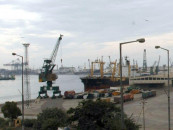

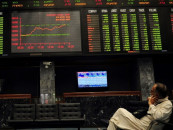
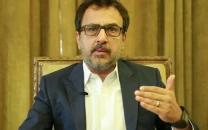
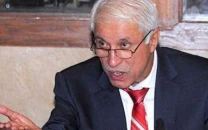












COMMENTS
Comments are moderated and generally will be posted if they are on-topic and not abusive.
For more information, please see our Comments FAQ